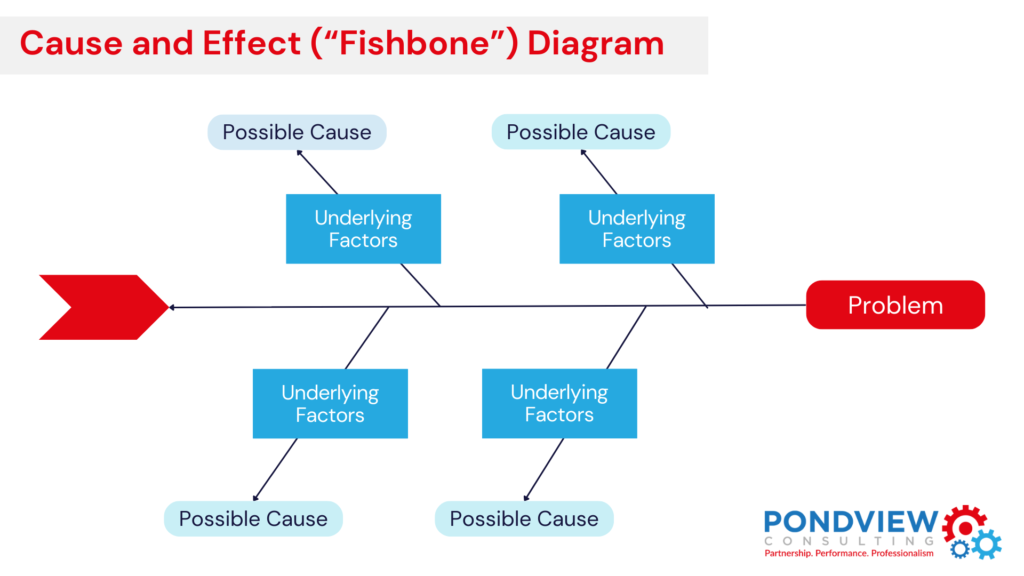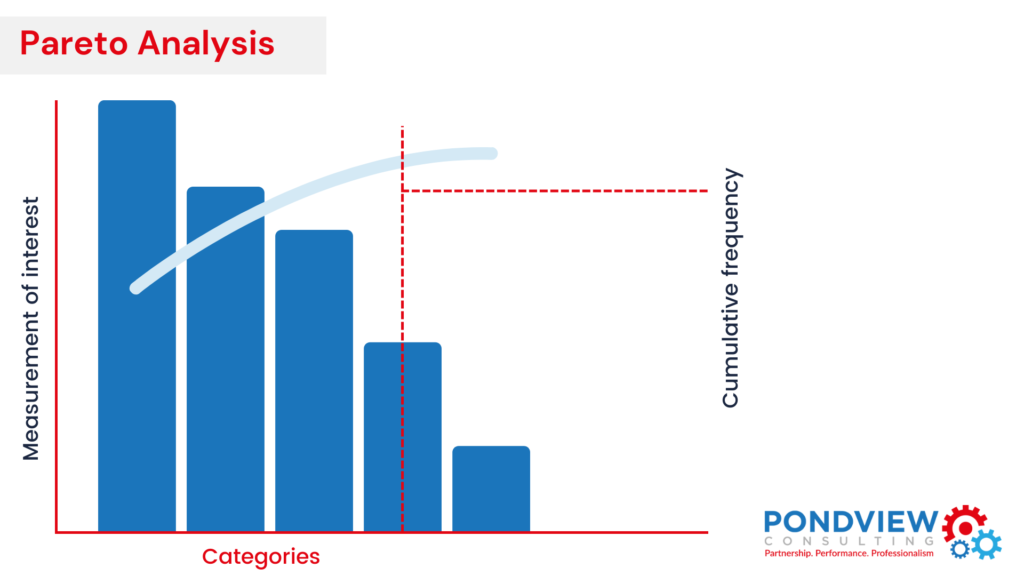The world’s supply chains and procurement operations are under more scrutiny than ever, and companies are tasked with improving resilience, boosting efficiency, and meeting the delivery expectations of customers. The disruption from the COVID-19 pandemic has increased the need for companies to focus on these aspects of their operations. Here are some tools that can help identify and resolve underlying issues.

How Will AI Impact Your Supply Chain Strategy?
Technology – specifically AI – is changing the supply chain game. In this white paper, I look at how AI is transforming both the supply chain and the role of supply chain leaders. I explore:
The leadership shift AI is causing and the actions leaders are taking now to leverage AI for supply chain excellence.
The impact of AI and the potential power it has to improve supply chain management.
The radical impact AI will have on labor and team dynamics.
How leaders can implement AI effectively.
A case study that looks into how Walmart embraced AI and used the technology to compete effectively with Amazon.
and so much more!
Sign up for the Pondview Consulting monthly newsletter below, and you will receive a free copy of the white paper.
Or, get in touch with me to request a copy by emailing hello@pondviewconsulting.com or connecting with me on LinkedIn.
Cause & Effect "Fishbone" Diagram
Fishbone Diagram, also known as a Cause and Effect Diagram or an Ishikawa Diagram after its creator, is a brainstorming tool. It is designed to assist with identifying potential root causes for an undesirable effect.
Causes are often grouped into the following categories:
- Man/Mind Power (People)
- Method (Process)
- Machines (Program)
- Materials (Product)
- Measurements (Policy)
- Milieu/Mother Nature (Place)
Pareto Analysis
A Pareto chart is a cause analysis tool in the form of a bar graph that visually depicts which situations are more significant. The lengths of the bars represent frequency or cost, time or money.


